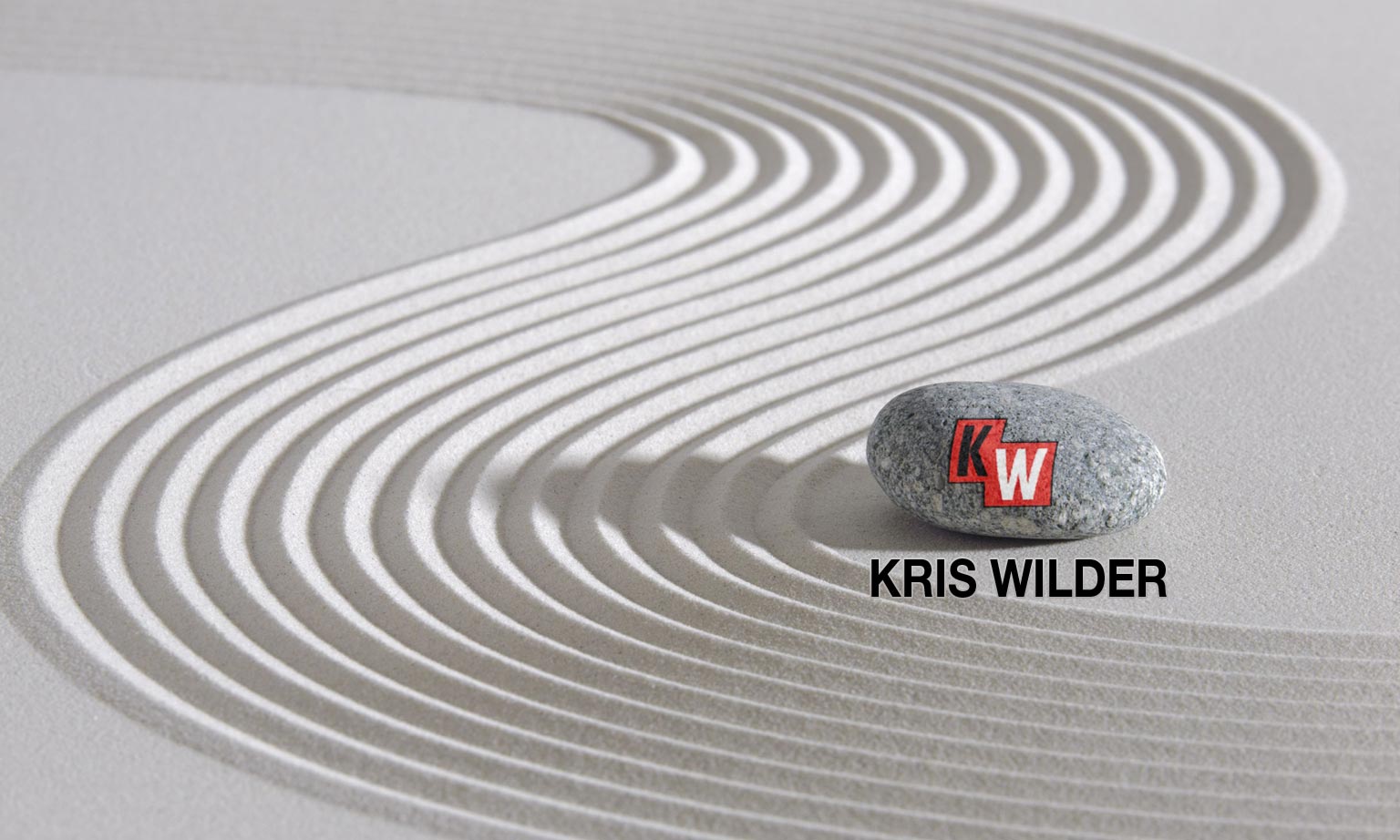4 Minute Read
Go No Sen is a worthless strategy. Go No Sen bubbled up to the top of the training list the other day. Recently in an interview, Sensei Ando of, Fight for A Happy Life, asked me a great question. The question sort of slips by in the conversation – but the question stuck with me.
The question was about the wisdom gained by research for a new book. He asked, and I paraphrase, “Don’t you learn a lot researching for a book.”
The answer is, “Yes.” Sometimes the research is a rabbit hole that leads no place. However. other times the research in combination with life experience becomes a game-changer.
There is an argument made the research for a good book is as deep as that needed for a University doctoral paper.
What do you do when you find something that validates an assumption? What do you do when something you had a misgiving about turns out to be – less than you had even suspected?
You must call it for what it is.
A couple of award-winning books on strategy. 4 decades on the floor and I have some answers to the classic three, “Sen” pieces of strategy.
P.S. follow the interesting and creative Sensei Ando at; Fight For A Happy Life
That Strategy Isn’t All It’s Cracked Up to Be.
Go No Sen, Sen No Sen, and Sen, Sen, No Sen cast a large shadow over the world of martial arts. You needn’t be an adherent to a Japanese style or system to have experienced these three elements of strategy. These strategic ideas tend to show up in different words and forms of expression in combative situations. You ever heard of a counter puncher in boxing?
I’m taking a jeweler’s loop to one aspect of these three, Go No Sen. The result is the examination is coalescing of discoveries made over time.
The underlying discoveries of the research are from two award-winning books. One book on Musashi and one about Sun-Tzu, I did with Lawrence Kane. Throw in a few years on the mat, stir it up and a new clarity arose. Go No Sen isn’t all it’s cracked up to be.
I’m putting together the final touches on a video for subscribers that addresses:
· The lost power curve
· What is Go No Sen, even if it looks like something else
· How punches are like buses
So, I’m putting the finishing touches on the video and writing a few last words.
You’re going to enjoy this.
If you’re new to my newsletter, you can get free bonuses at Kriswilder.com – it’s the entry point to all the good stuff.
And heck, forward this to a friend that might enjoy this session. It’s always their choice as to whether to access the material.
The Introduction video: 3 Strategies
The idea of this section is to lay bare a training strategy. To pull it into the light and see that it is a training strategy.
Go No Sen is not a viable combative strategy and it is often discussed in the context of combative strategies. The reason for this inclusion in conversation on strategy is because somebody at some time lumped Go No Sen into the conversation.
We know these three as, Go No Sen, Sen No Sen, and Sen, Sen No Sen but if you are engaging in Go No Sen as a combative strategy you are losing.
Standing in the falling October rain watching a college football game the pain of the rain and my team falling behind on the scoreboard was raw. The guy next giving a dismissive wave announced he was leaving the game early.
With half of the final quarter still to play, he stated, “These kids are playing on their heels, the game is over.”
He was right, you can’t win on your heels.
Go No Sen puts you on your heels. This strategy is about responding, it is about being behind, fighting from behind always responding never dictating.
You are losing you are on your heels, metaphorically or literally. In using Go No Sen you are at the will of the opponent and you are not on your toes.
Here are two links for reference, one is from Wikipedia the other a PDF: https://en.wikipedia.org/wiki/Go_no_sen.
For balance I have included a counter-argument.
This comes from an Aikido practitioner, Ethan Monnot Weisgard from Copenhagen. http://www.aiki-shuren-dojo.com/wp-content/uploads/2015/09/Go_no_sen.pdf.

Finally, here is an explainer video I made with one of my students breaking down Go No Sen.
My goal is to show you in clear terms why this idea of Go No Sen should be abandoned as a viable form of combative strategy.
The usefulness of this strategy is limited in a combative sense – however
Go No Sen is good as:
-A method of slowing down technique
-Creating space
-Allowing observation of mechanics
– Producing a safer training space
Here is the link to the video demonstrating why Go No Sen is of little use in a combative situation.
Kris Wilder
– Let’s Connect!
You may enjoy this brief podcast on Self-mastery, and the bifurcated choice: Self-mastery
Twitter I Facebook I Instagram I YouTube I West Seattle Karate Academy I Martial Arts & Life Podcast I The Back Channel Podcast I Courses
Do you want more? Here are some courses both free and upper-level courses
The Brutally Simple / Simply Brutal courses + more at Kris Wilder Courses, More than just information. Wisdom. https://kriswildercourses.teachable.com/






 The question is who is in charge and here is how to tell.
The question is who is in charge and here is how to tell.